Rudolf Nureyev – Part 3
Classical Ballet has been developed to allow the dancer a means towards perfect artistic expression; by perfect we mean universal and divine. The god, Apollo represents the classical principal: primitive instinct and elementary power, tamed and controlled by art; tuned, restrained, formed until it is in harmony with the world: a universal shining.
Throughout his career Rudolf sought to embody the physical and spiritual equilibrium of Apollo. But Rudolf was born Dionysus, born with a power of spontaneity which exposes the soul.
Dionysus came from the east, he was a male god with feminine beauty. Rudolf had been taught with girls and his technique was feminine. He projected an erotic ambiguity.
Rudolf believed passionately in tradition and the power of the present to enrich it- to regenerate tradition. Dionysus did discover Apollo.
Why was Nureyev so execeptional?
Rudolf was physically magnificent, he possesed an overwhelming emotional impact – an impact of personality.
On the Paris tour on the night of his debut…
What made him a dancer?
In 1938 Arnold Haskill the ballet critic wrote “Ballet”, a popular paperback published by Penguin which went into many editions. Haskill wrote:
The dancer is born with the perfect instrument, her face and body are the instrument on which she plays, her face is as important as her arms and legs. Many a technical shortcoming has been compensated for by an expressive face that holds attention. She has natural grace.
The dancer develops her instrument by training. One of the aims of teaching is not merely to add something to the pupil, but to take advantage of what is already there.
You have to want to dance.
Temperament in dancing means natural vivacity and self-confidence, something that is felt with such sincere conviction that it becomes a burning necessity to convey it across the footlights.
Ulfa was the city he lived in. In the “real school”…
Rudolf’s sister Rosa was studying to be a teacher…
Udeltsova sent Rudolf aged 10, to her friend Elena Konstantinova Voitovitch who had studied at the Imperial Ballet School and danced at the Maryinsky, St. Petersburg (the best ballet school ever in the world – sometimes known as the Kirov). She was ballet mistress at the Ufa theatre and gave classes at the Pioneers Palace, the state social club for children.
……………
All 3 women were cultivated…
Rudolf used every oportunity. “He could think of nothing else besides dancing”…
On 5tth of March 1953 Stalin and Prokoviev died.
…………..
By autumn Rudolf was dancing in the corps de ballet…
Rudolf introduced himself to some of these people from the Kirov…
The Kirov taught a method called Vaganova.
Rudolf turned down other opportunities and left home for the Kirov…
Rudolf was accepted. The important teacher who made that decision announced…
What makes a dancer? Arnold Haskell adds:
Musicality: : the dancer performs certain rhythmic movements but that is not enough. The music speaks to the dancer and the dancer interprets the music to the audience. She automatically expresses her personality by her reaction to the music. This feeling for the music is fused with the acting. Every role in ballet requires mime, even when the ballerina is most herself in some sparkling virtuoso variation. It must never be thought of as superimposed on the dancing but as part of the dancing itself.
I’m going to end with 2 examples of Rudolf’s acting…
Irina Kolpakova, dancing Giselle thought she “needed a prince, not a little boy saying love words”. Yet others noticed a new freedom, “as if he had awakened something in her”.
After the defection, in the west dancing with Margot Fonteyn in Giselle he acted differently, he did respond to her in the mad scene, (at an earlier performance, he as Albrecht had stolen the show in the mad scene, by ignoring Giselle. He said he had done nothing because he felt nothing).
There is a film…
This production of Giselle 21 Feb 1962 was Rudolf’s London debut. 70 thousand applications for tickets were turned down. At the curtain call- there were 23- all hell broke loose.(The record number of curtain calls for Nureyev/Fonteyn was 89 in Vienna) From then on crowds filled the streets wherever he performed. He moved in high-powered circles, he was celebrated as the icon of the age.
This book will tell you of the age – of the teeming, transient glamour of the decades of plenty from the 60’s to 80’s, the love of youth. Rudolf was hailed as the world’s most beautiful man. It won’t tell you about politics, Rudolf wasn’t interested in it. (Watch the “Weathermen” film to balance the picture)
It will tell you about the gay world and all of Rudolf’s friends and relationships. But I’m more interested in what he did – for art. This Russian boy who understood the meaning of tradition. – You can’t separate the plant from its roots.- This, in the face of the west’s iconoclasm.(Smash the past and future will automatically become perfect). The book tells through the experience of Rudolf the possibilities of ballet. He saw the danger in modern ballet, it had no roots.
What interests me most is that Rudolf went to see everything of cultural importance, everything that had ever happened and everything that was happening and that he sought out teachers, anyone from whom he could learn – and learn the things he couldn’t do. His first imperative when he came to the west was to seek out Eric Bruhn the great Danish dancer, the Danish ballet taught a different approach and method from the Russian. Bruhn became his teacher and lover. They learnt from each other. By these means Rudolf developed his powers. He revitalised Russian classical ballets, believing that tradition must be reappraised in contemporary terms. He reinvents his individual Apollo.
– the deep sinking kneebends that both launch and cushion the russian leap. The Vaganova teaching method evolved the liquid, quintessentially Russian way of harmonizing the whole body in motion; the method works the whole body in harmony…
In Russia soon after the defection the KGB still trying to grab him, put his mother on the phone to him to plead with him to come back…



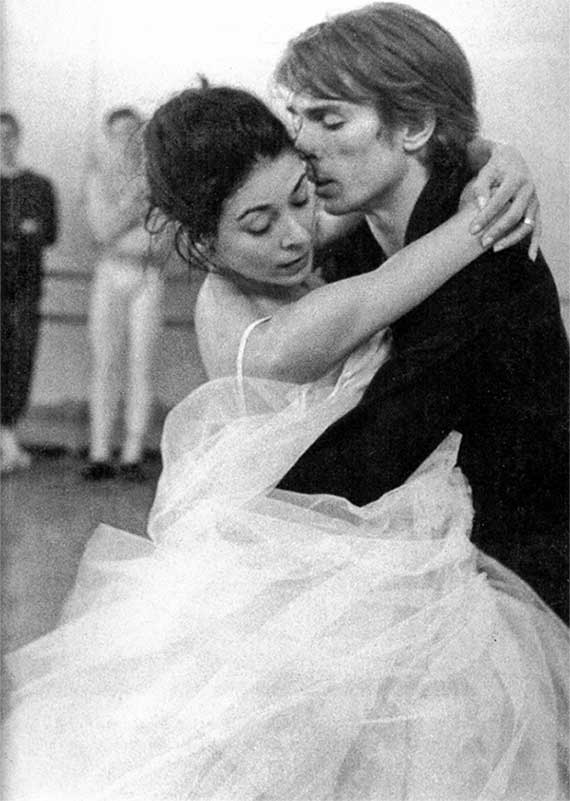
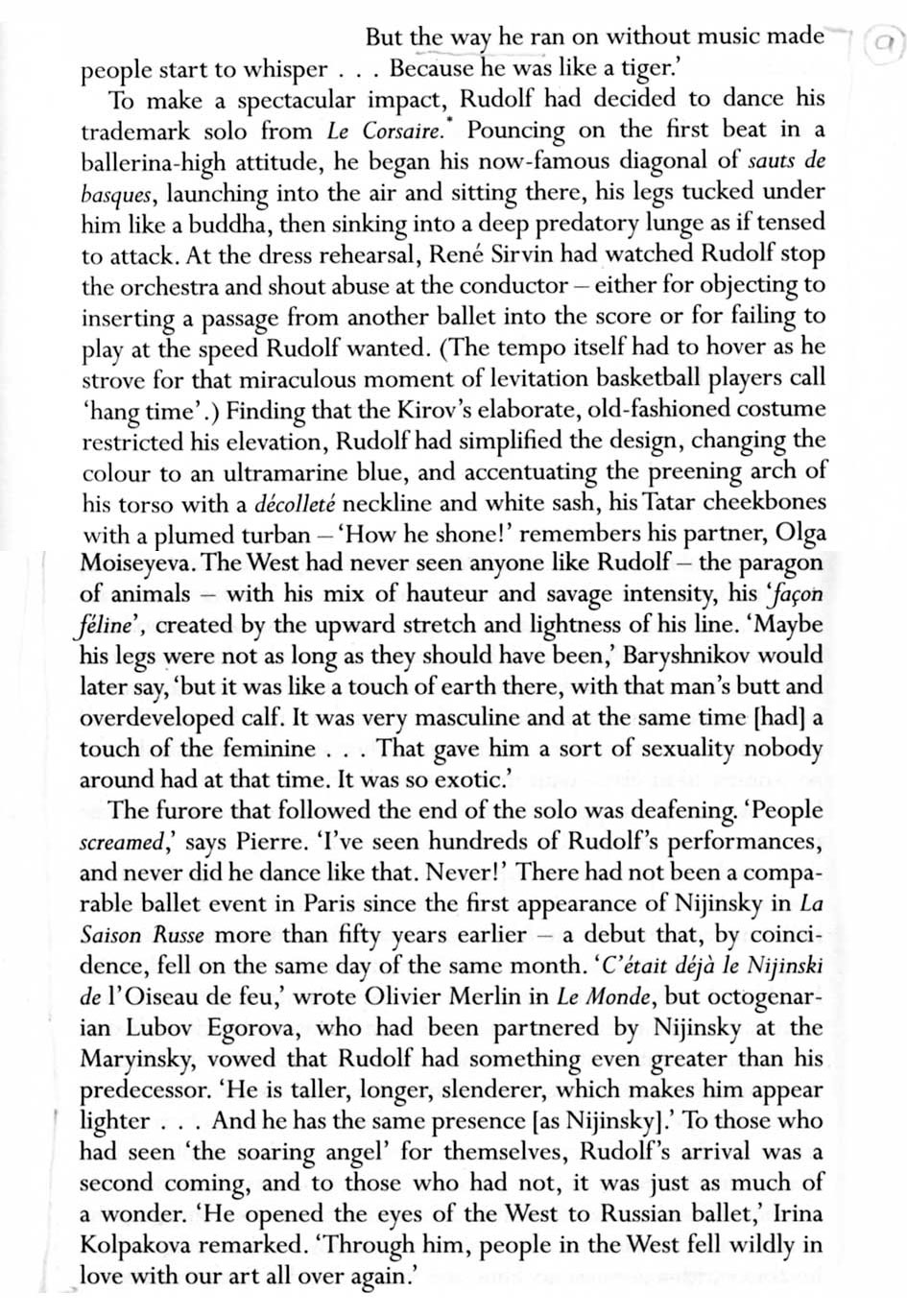
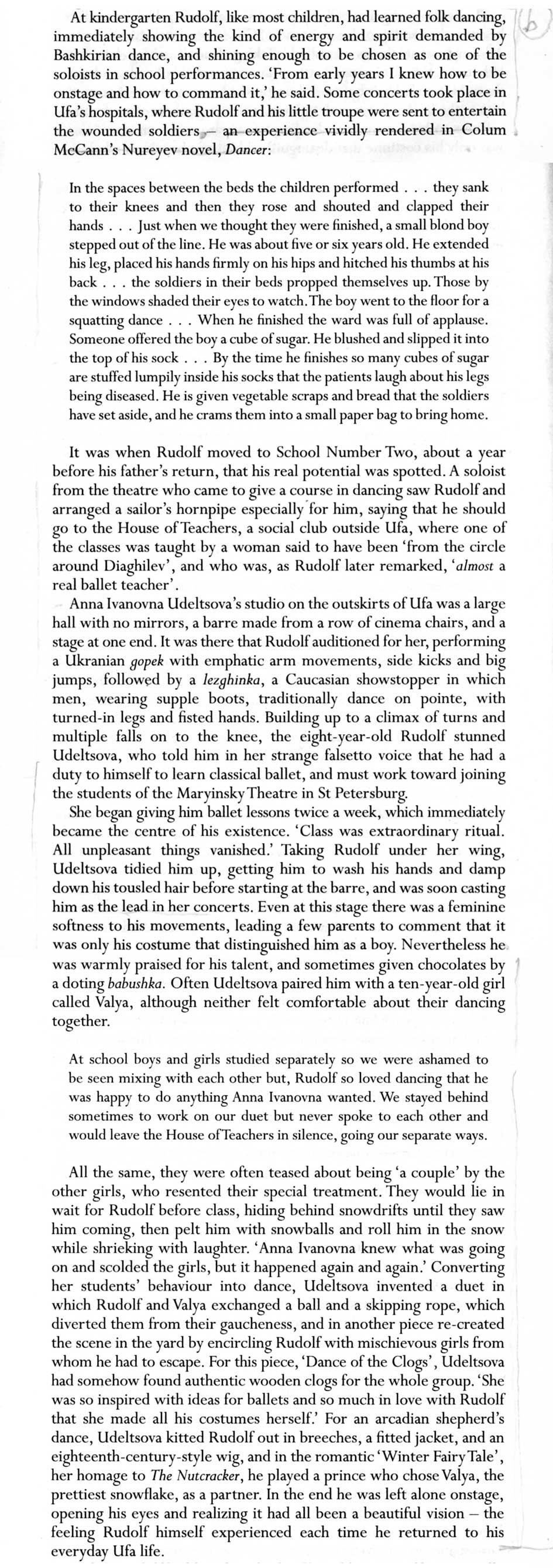



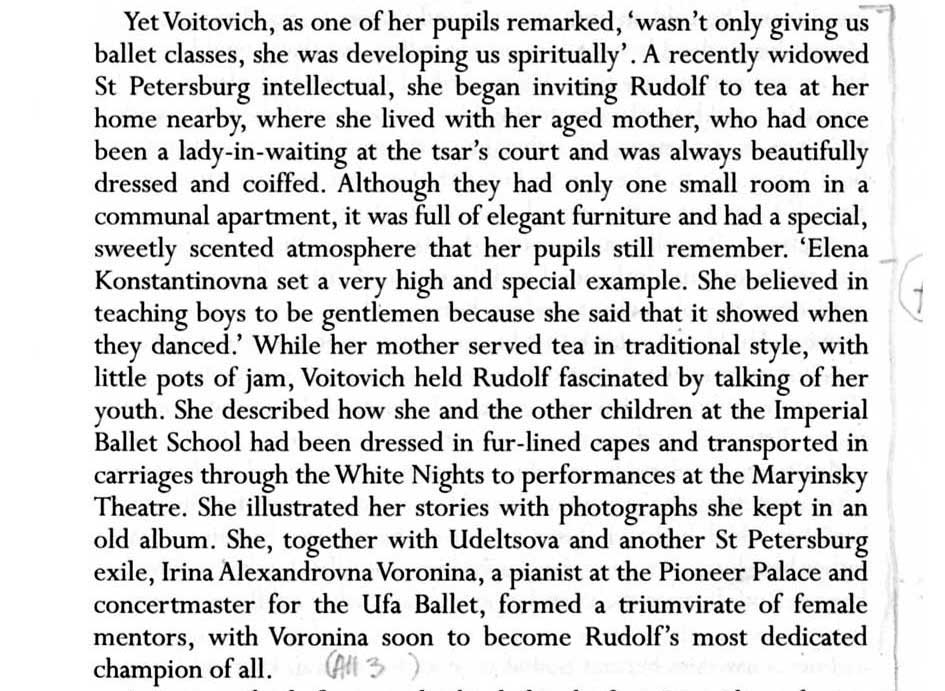
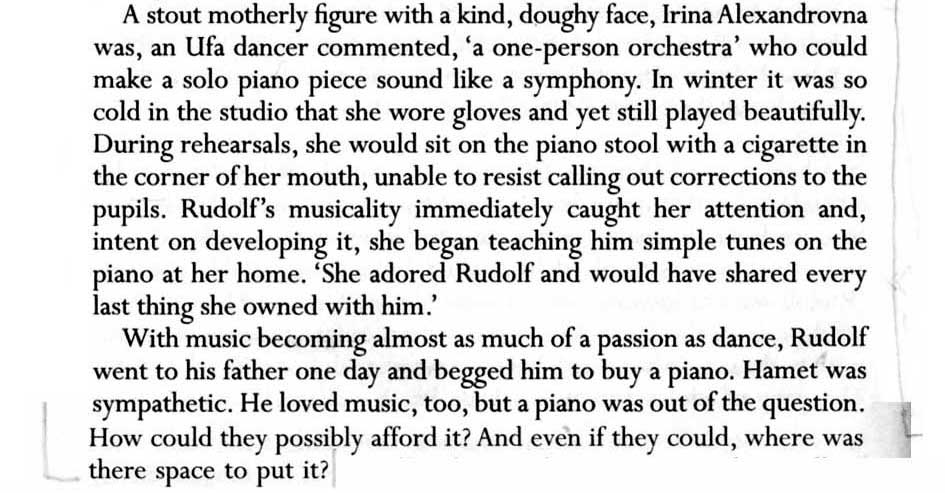
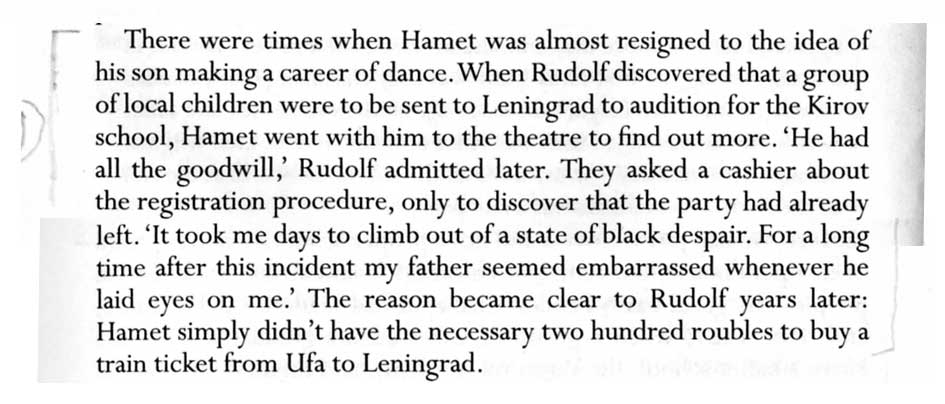
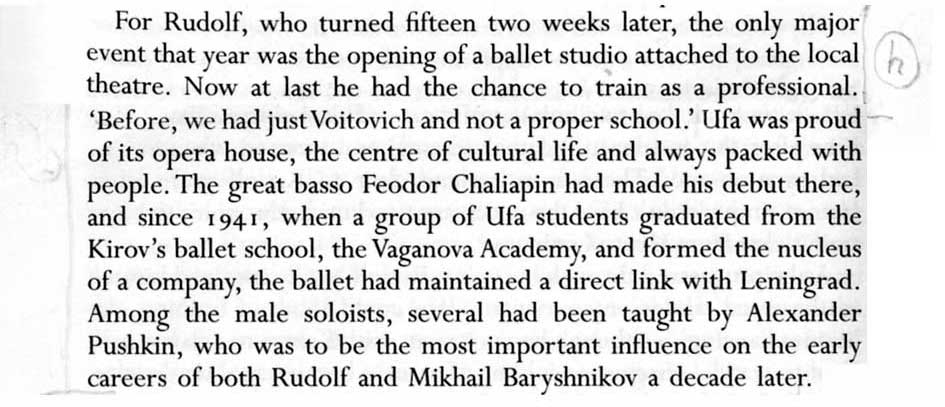
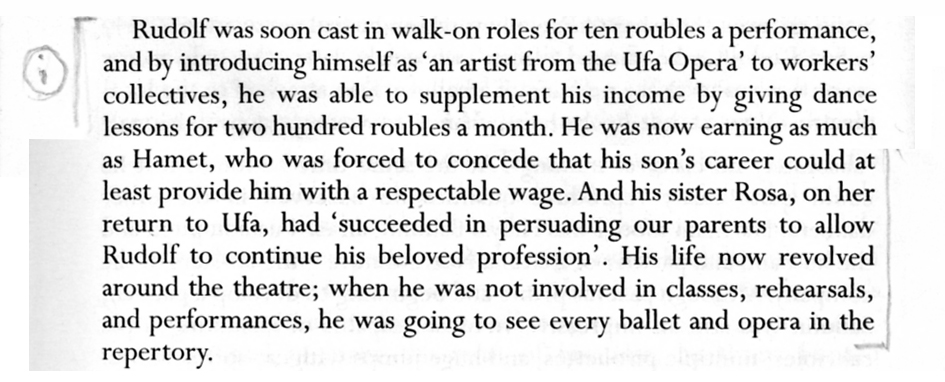





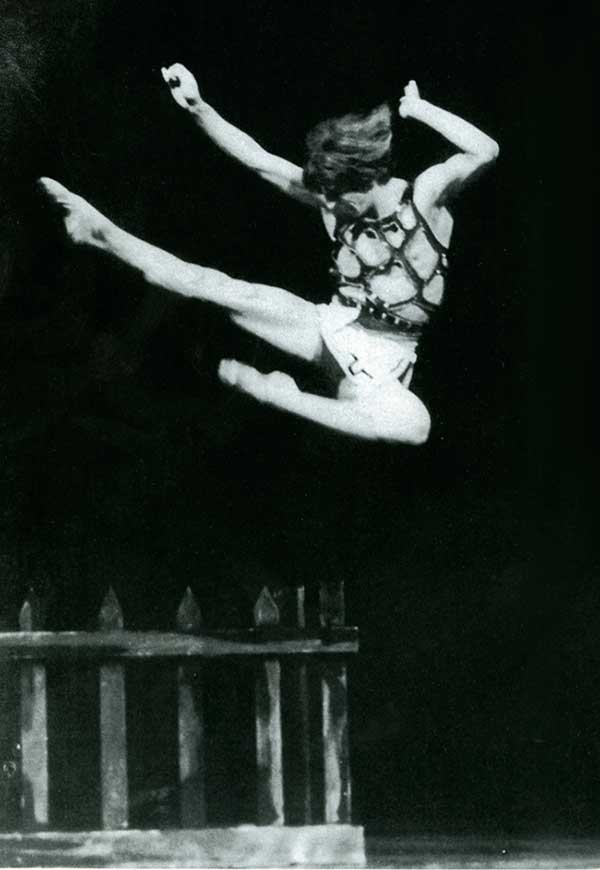

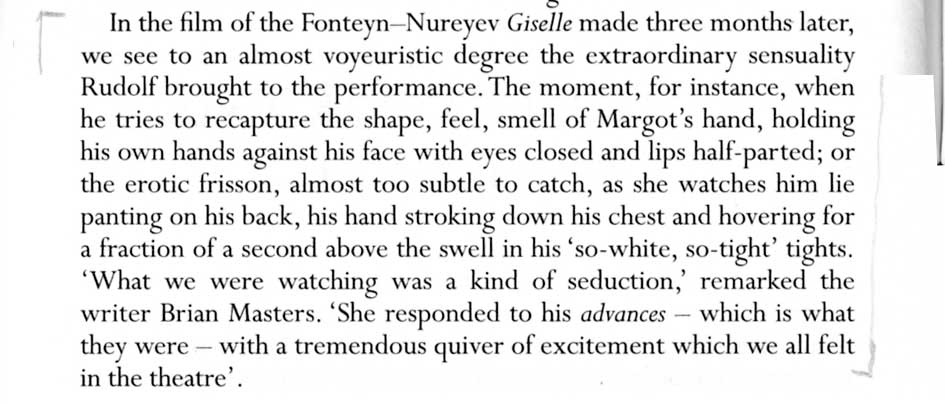




I hope you don’t mind but I thought you should know that the Lush appeal for children of Fukishima is not being promoted any more – least they could do is put a redirect to a bona fide charity I think. Bit thoughtless. Upset me. Children in Fukushima still desperately need help – not much has changed. Best Wishes, Nathan Handley
How can the good intention of raising and donating money for the benefit of the children of Fukushima be a bad thing?
Comment by Anonymous on 30/05/2014 at 1:21 am
Hi,
thank you for all the great and interesting posts on this website! I would like to read the biography. What is the name of the author?
/Lilly
Comment by Anonymous on 01/06/2014 at 4:57 pm
Sorry for the delay, it’s Rudolf Nureyev – The Life by JULIE KAVANAGH, thank you
Comment by CR on 11/06/2014 at 3:48 pm